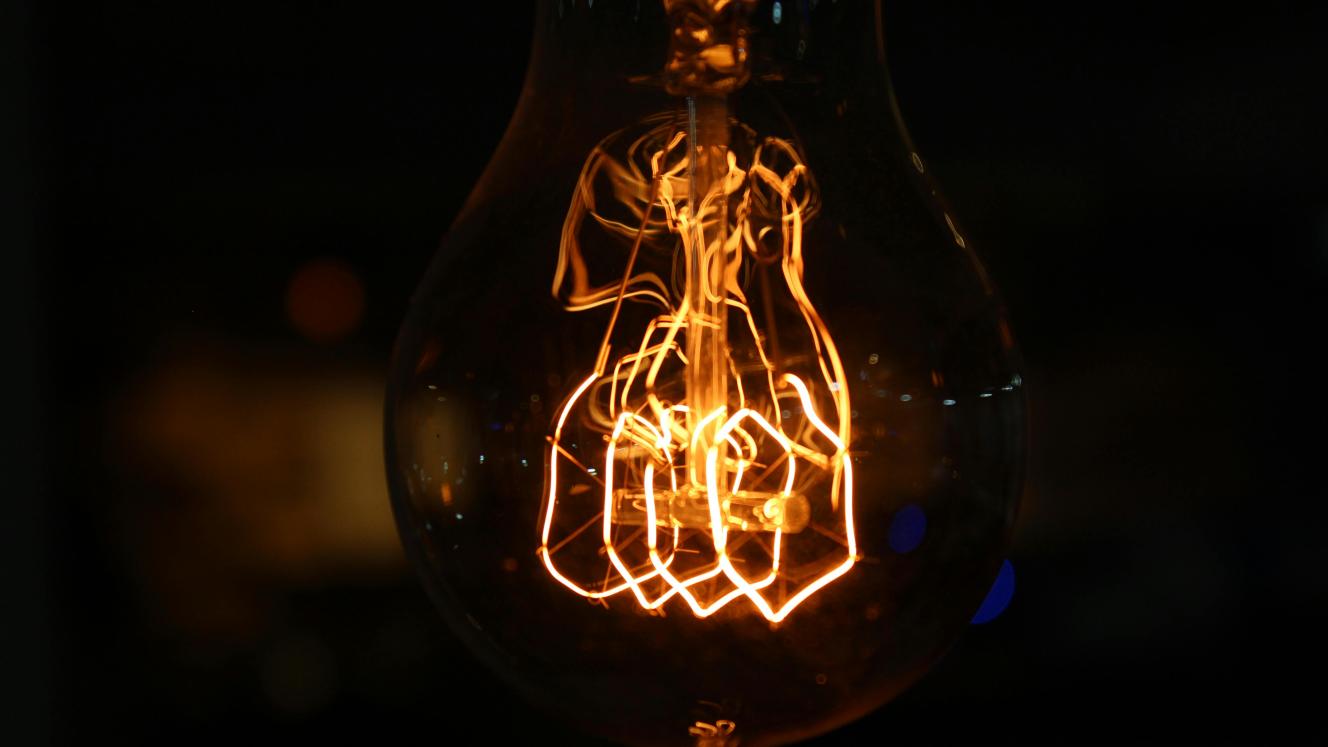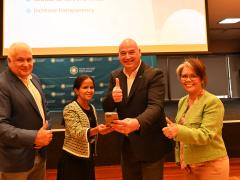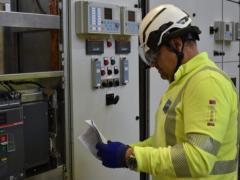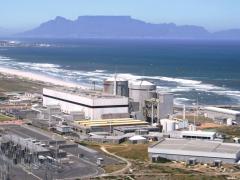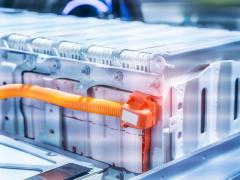Dylan Schnetler, commercial head for Synapse Ultra at Rubicon, explains what ordinary South Africans can do to help lessen the impact of Eskom's woes.
Over the last fifteen-odd years, South Africa has been dealing with a severe energy shortage. This has led many households to explore alternative options, like installing battery backup systems, to cope with load shedding. While these solutions have been valuable in alleviating frequent power outages, allowing businesses to keep running and households to operate normally, it’s important to remember that relying only on battery backup systems doesn’t address the main problem: the serious shortage of electricity generation capacity in the country.
While battery backup systems provide temporary relief during power outages, they still rely on Eskom for recharging, which adds to the burden on the already strained power grid. When using battery backup systems, it’s important to consider their potential impact on power consumption and the strain they can place on the local power network. When the electricity comes back on after a power outage, the batteries immediately start recharging, while the household is also drawing power from the grid. This double power consumption may exceed the capacity of local electrical networks, causing them to trip or – in a worst-case scenario – damage them. This then requires the local municipality to send personnel to restart or repair the substation, leading to further prolonged power outages for all the power users in the same area.
To tackle this issue, homeowners have a few choices. They can use technology to control their inverter so that it doesn’t immediately draw power from the grid to recharge the batteries as soon as the loadshedding period ends, but rather waits for an hour or so. Correctly configured, this still gives ample time for the batteries to recharge before the next round of loadshedding, without putting additional strain on the grid as soon as the electricity is restored.
Storing power also benefits Eskom. At times, Eskom may generate more power than the immediate demand requires. However, as the day progresses and demand increases, Eskom may struggle to meet the logistical equation of supply and demand. By using battery storage, individuals can help bridge this gap by accessing stored power during peak demand periods, reducing strain on the grid and potentially lessening the need for loadshedding.
